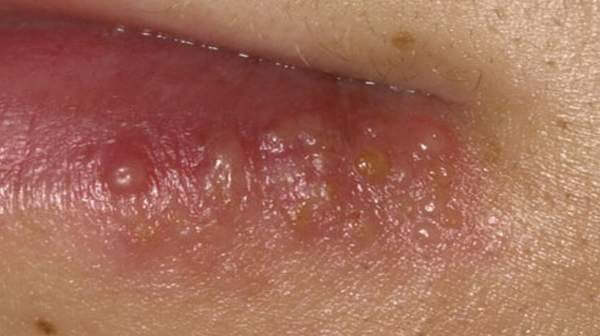What's in this article?
What is HIV?
HIV or Human immunodeficiency Virus is the virus causing the much dreaded disease called AIDS (Acquired Immunodeficiency Syndrome) which is a syndrome that compromises the ability of the human body to fight against diseases.
On entering the human body, the virus starts attacking the policemen of our body, the lymphocytes, particularly T helper cells (CD4 cells).
When these fighter cells are killed by the virus and their number decreases below a critical number (<200), it manifests as full blown AIDS Acquired immune deficiency syndrome a disease state with highly compromised immune system.
Symptoms of HIV
Some of the signs and symptoms of HIV rash are as follows:
- HIV rash typically occurs as clusters or reddish or brownish patches of pimples. They may also appear as eczema-like bumps.
- HIV rash is usually not accompanied by itchiness.
- Mucous membranes occurring in different parts of the body such as the genitals, oral cavity, and the eyes, etc. may also develop HIV rashes. They are seen as anomalous sores or blotches, blisters, and/or lesions.
- Lowered appetite leading to weight loss, fatigue, problems of vision, inexplicable instances of fever, loss of memory, diarrhea, inflammation of glands, muscles aches and cramping, and pain and stiffness of the joints are some other symptoms that may accompany HIV rashes.
- In some cases, HIV rash can cause the skin to peel away leading to open wounds. Such wounds are then vulnerable to secondary bacterial infections.
HIV rash can occur all over the body, including:
- HIV rashes are most prominent on the torso, i.e. the trunk. They may be seen as discolored or pigmented patches that are more prevalent in the front part of the trunk, especially the chest, as compared to the back.
- The neck and face may also show some spots or patches of HIV rash.
- The lower limb, feet, arms, and legs may also develop HIV rash. On occasions, the HIV rash on hands or feet may be seen as abnormal bumps.
- Progression of HIV infection towards full-blown AIDS, which is the final stage, can result in spread of HIV rash throughout the body. The sores, lesions, and blisters will be particularly widespread in the mouth and genital areas.
What is Herpes?
Genital herpes is a sexually transmitted infection caused by HSV (herpes simplex virus). This virus affects the genitals, the cervix, as well as the skin in other parts of the body. There are two types of herpes simplex viruses: a) HSV-1, or Herpes Type 1, and b) HSV-2, or Herpes Type 2.
Herpes is a chronic condition. Chronic, in medicine, means long-term. However, many people never have symptoms even though they are carrying the virus. Many people with HSV have recurring genital herpes. When a person is initially infected the recurrences, if they do occur, tend to happen more frequently. Over time the remission periods get longer and longer. Each occurrence tends to become less severe with time.
Oral Herpes Symptoms
When a person has oral herpes, “cold sores” or “fever blisters” can show up on the lips or around the mouth. These sores may also show up inside the mouth, but this usually only happens the first time oral herpes symptoms appear. Symptoms may last a few weeks and go away. They may return in weeks, months, or years. They are annoying but usually harmless in children and adults. But cold sores can be very harmful to a newborn.
How Can I Know If I Have Herpes?
If you think you have herpes sores, get them checked out as soon as possible. It’s important to be sure that the sores are herpes. Other serious sexually transmitted infections, like syphilis, may look like herpes but need different treatment.
Difference Between HIV Rash and Herpes
Individuals with both HIV and herpes will experience very severe HIV rashes, making related symptoms and outbreaks much worse.
Rashes may appear red and filled with fluid. They may periodically burst and crust over.






Leave a Comment